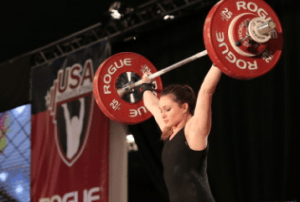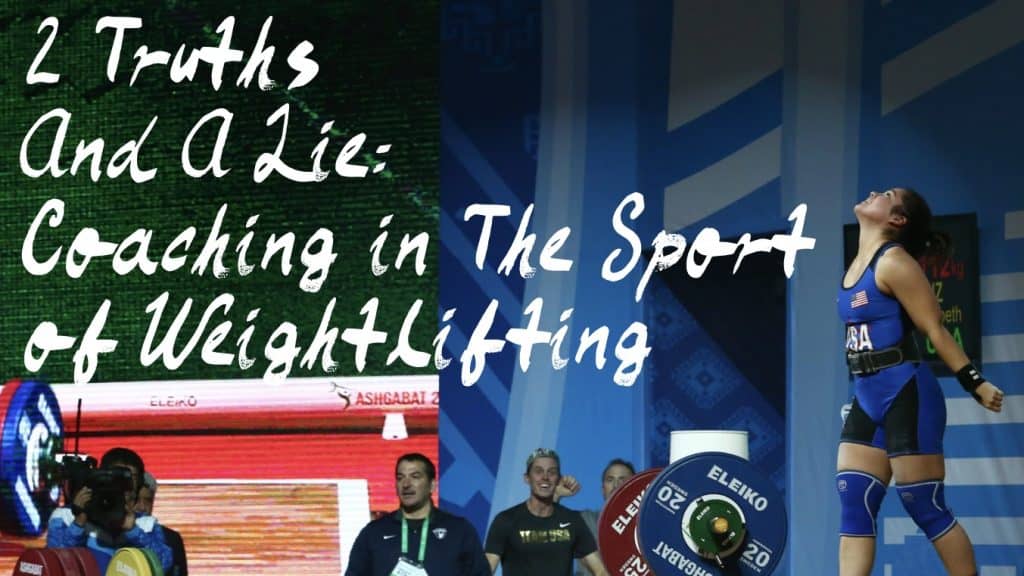An Athlete’s Success is Linked to the Big Lifts they Make in Training
By: Spencer Arnold
I remember the first time I saw a human being put 400 pounds over their head. It was Matt Mays, an assistant football coach and competitive weightlifter at the school I went to. Coach Mays may read this and have remembered this event differently than me but it’s as clear as day still for me. Back then he had just come out of the Liberty University Football Program and was slinging more weight around than I had ever seen in person. I remember this one training session he kept missing a 400 pound jerk. After multiple, multiple tries he inevitably made the lift. I believe he attempted the lift five or six times and when he did finally make the jerk he threw the bar from over his head. It probably only went six or seven feet but it felt like he launched the bar across the entire gym. I never got the guts up to ask him why he kept trying the lift or why he was so internally motivated to make it. At the time, it felt like the wisest move for my personal health was to keep my distance. However, I’ll never forget that training session.

This is our culture today. We see what we’re allowed to see, we change our minds and our programs and our system of thought based on what we see, and we make assumptions about athletes and programs from a 15 second video. Furthermore, the assumed efficacy of a program is established from this 15 second video.
This is why I classified the importance of big lifts in training as a lie. Big lifts in training mean big lifts in training. It is a far better and far wiser choice to Look at competition results. don’t be mesmerized by the one time an athlete did a miraculous lift on a Friday. It’s just training and you only saw what they wanted you to see. Measure efficacy by competition performance over multiple competition results. Everybody loves heavy weight overhead. That’s the name of the game in the sport. However, it’s important to remember that every weight over your head in a training all means absolutely nothing for the podium. I’ve seen some pretty miraculous lifts on Instagram the last few years. I’ve also sen the same lifters not touch that weight in competition and miss far lighter weights with medals on the line. Further, we don’t seem many of those lifters doing the necessary work needed to be technically precise in competition.
We just love the heavy weights. Competition success that repeats itself over time comes from the not so sexy, not insta-famous technical volume training that happens in smart programs. Programs that max out every Friday, often times will put their lifters at a disadvantage when they compete against others who are taking that time on Friday to get better technically. Heavy lifts have their place in a macrocycle. It’s not every Friday.
Mechanics and strength matter! Intensity and max outs are the fruit of mechanics and strength work! Programs that max out often, especially early in a athlete’s career, forsake the necessary mechanical work and work capacity development for a long healthy developing career in the sport. Every coach knows this is true! The problem is we get caught in the trap of wanting to prove our efficacy every time we step in the gym. Coaches especially let our egos get in the way of wise, measured training. We don’t know when to say no! There is a time and a place for the green light but nine times out of ten, now is not the time.
Simply put, one big training session that you see on the Internet or one big heavy squat or even one big lift in competition is a terrible litmus test for the efficacy of a program with the success of an athlete. The unseen, boring work is a far better determining factor for athlete and program success. Celebrate big lifts certainly BUT keep them in the proper place.


